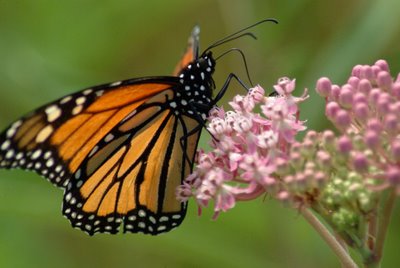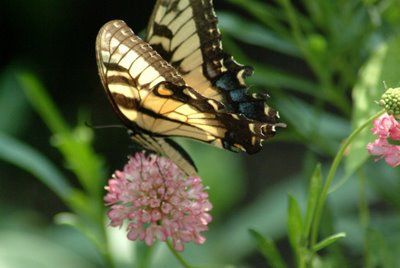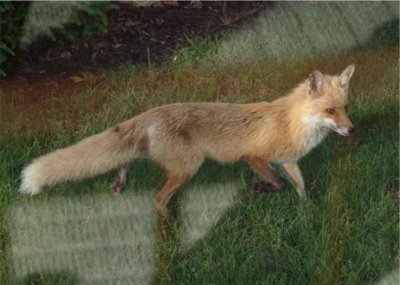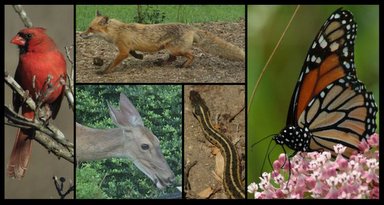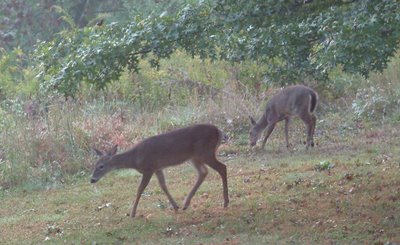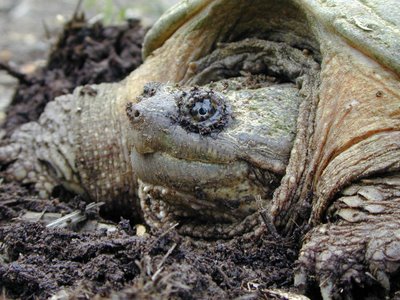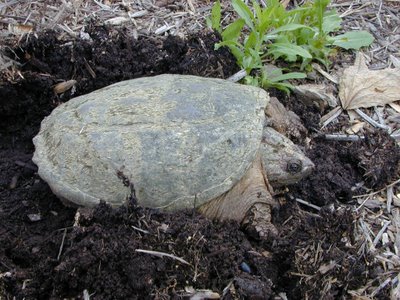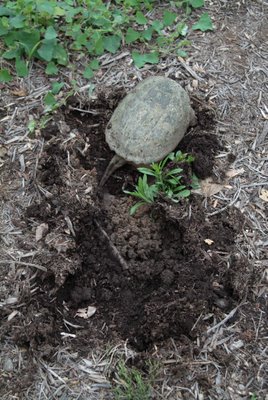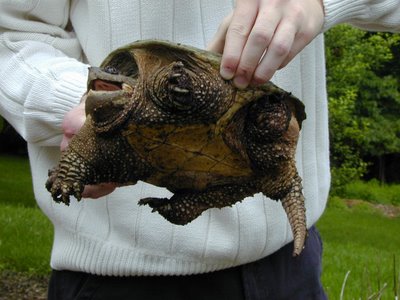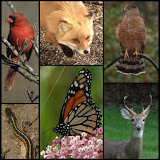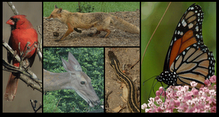Winter, Spring, Summer, and Fall
Here at the Colvin Run Habitat we see the coats of many animals change – especially in color – with each new season. The change in color allows the animal to blend into their environment (or surroundings) which change every season.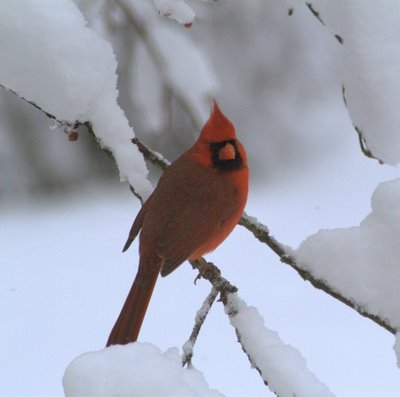
Well, pity the poor male cardinal. It sure is hard to blend in when you are always showing a bright red set of feathers. Take a look at the first three photos – winter, spring, and summer – he always stands out.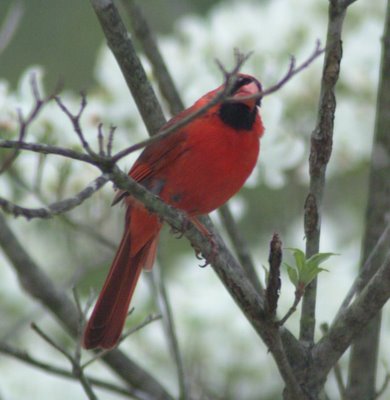
These photo of the male cardinals perched in the same dogwood tree. The only thing changing from photo to photo is the season. In winter, there is snow on the branches. In spring, the dogwood shows its white blooms. In summer, there is only the green of the dogwood leaves. 
Finally, in fall, the dogwood leaves turn red. Fall, a season of the year when the male cardinal blends in with his surroundings. 

Many thanks to the cardinals. They appear to be posing, looking right at the camera, and enjoying having their photo taken.

